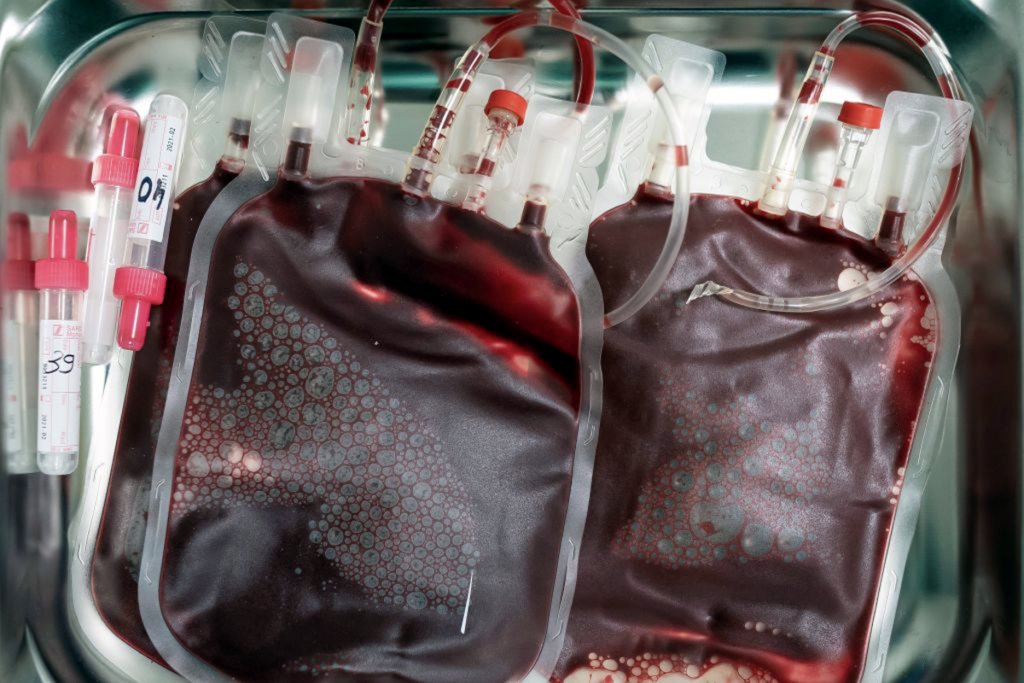Researchers grow large batches of neurons for drug screening
Researchers have optimized the production from stem cells of large numbers of a subtype of neurons involved in cognitive function. The technique, published 20 August in Translational Psychiatry, could generate enough neurons for large-scale screening of drugs.
Researchers have optimized the production from stem cells of large numbers of a subtype of neurons involved in cognitive function. The technique, published 20 August in Translational Psychiatry, could generate enough neurons for large-scale screening of drugs1.
It is possible to generate neurons from stem cells either taken from embryos or induced from human skin cells. This practice allows scientists to look at representative neurons from individuals with a certain disorder, without relying on brain tissue.
But the process of developing these neurons is generally slow and leads to a mixed population of cells. The neurons that form the outer layers of the cortex, in particular, take the longest to generate. And they are not present in large numbers in most neuronal preparations from stem cells.
In the new study, researchers figured out a way to generate large numbers of these neurons, which express the chemical messenger glutamate and are implicated in cognitive disorders such as autism.
During differentiation, stem cells first form neuronal progenitors — dividing cells that eventually become neurons. Because cortical neurons form at the later stages of brain development, stem cells need to divide several times to form the neural progenitors that lead to these neurons.
To speed up this process, the researchers stimulated cell division. They also prevented the formation of new neuronal progenitors, so that most of the cells in culture were progenitors that had divided several times.
This process generates a population of neuronal progenitors set to become mostly cortical neurons. Researchers can freeze these cells and so start neuron production — which takes about two weeks — from this point.
The researchers used the technique with stem cells made from two children with autism who have a mutation in the autism-linked gene SHANK3 and two controls.
In culture dishes, the neurons form connected networks. To test the method’s utility for drug screening, the researchers exposed the progenitors to 130 small molecules. Some of these stimulated the production of neurons, whereas others slowed it down, suggesting that the compounds influence neuronal development.
References:
1: Boissart C. et al. Transl. Psychiatry 3, e294 (2013) PubMed
Recommended reading

Altered excitatory circuits in CHD8-deficient mice; and more

Why hype for autism stem cell therapies continues despite dead ends
Explore more from The Transmitter

Worms help untangle brain structure/function mystery
Xaq Pitkow shares his principles for studying cognition in our imperfect brains and bodies

